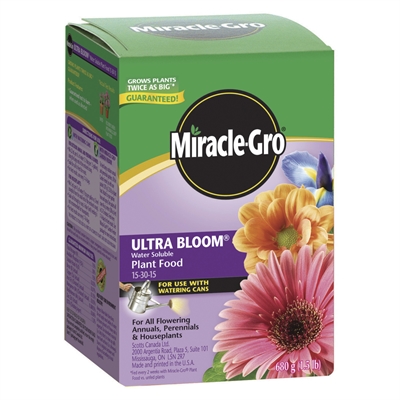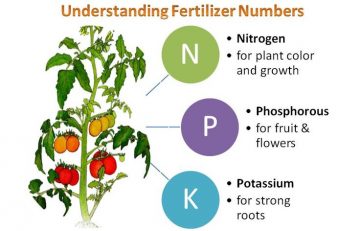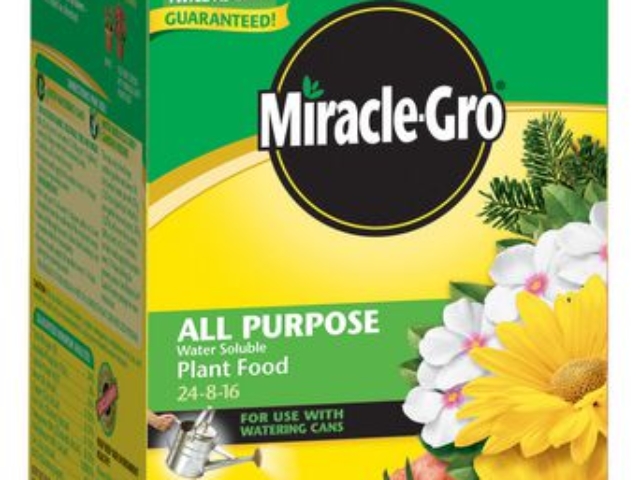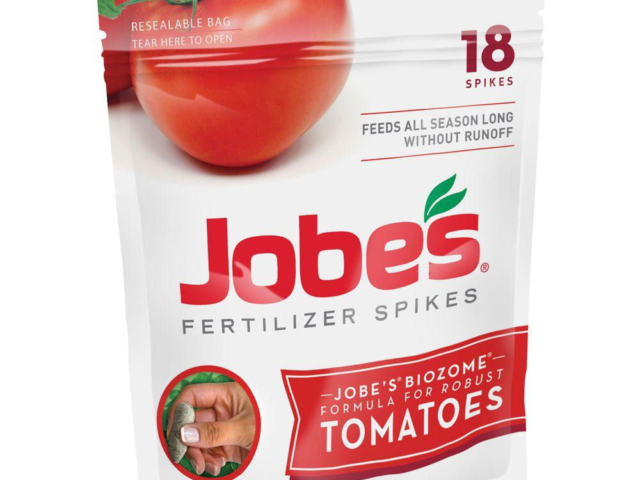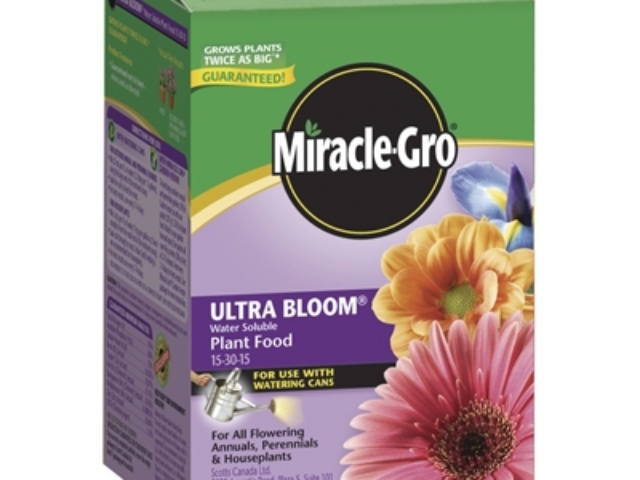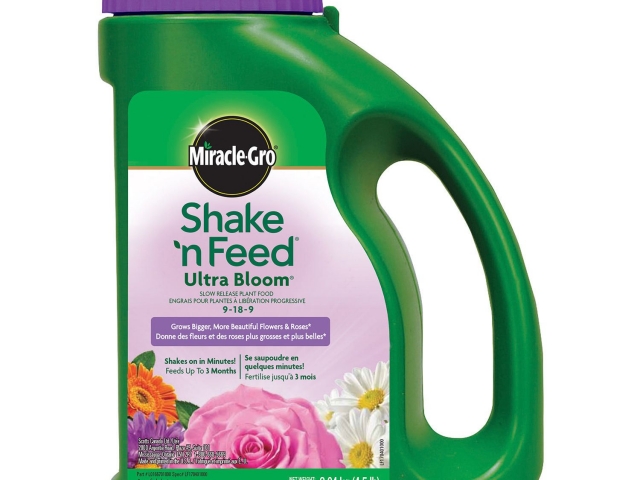Fertilizing your plants can sometimes be a bit overwhelming if you are unsure of what to use. It is essential though to use fertilizers when you are looking to get the best out of your plants, as most soils will not provide the essential long term nutrients needed for full plant potential. Whenever you see a fertilizer product, it will usually have three letters and/or numbers listed on the front. These are important and tell a great deal about what this fertilizer will do. Plants will only need fertilizer during active growth periods. So if the plants are dormant they don’t need feeding.
Nitrogen, Phosphorus, and Potassium (or Potash) (N,P,K) are what the numbers are refering to. They are always listed in this order and the numbers with the letters will tell you the percentage of each component present.
Nitrogen (N) is the first chemical listed, and helps with rapid plant growth and promotes green leafy foliage, thus providing the necessary ingredients to produce lush green lawns. Lawn fertilizers will frequently have a high first number for just this purpose. (20-5-5) Plants with sufficient nitrogen reflect a healthy, deep green color. Keep in mind that using more Nitrogen will stimulate the plants to put out lots of nice green foliage, but this can be at the expense of prohibiting fruit and/or flower production.
Phosphorus (P), the middle number, is very effective at establishing growth below ground, in the form of healthy root systems. It is also the component most responsible for flower blooms and fruit production. (15-30-15) You will notice that fertilizers designed for flower production have a higher middle number.
Potassium (K), the last number listed, is considered important for overall plant health. This is due to its ability to help build strong cells within the plant tissue. The plants will withstand various stresses, such as heat, cold, pests, and diseases.
Who Needs Fertilizer?
One of the easiest ways to choose a fertilizer is to look for one that specifically lists the plant you are growing.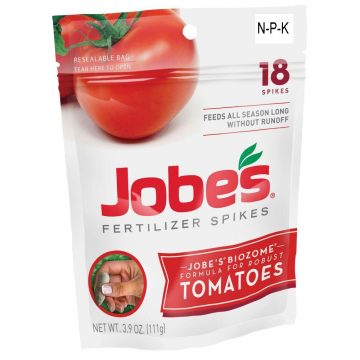
Tomatoes like their food a certain way and giving them what they want will make for a happier, healthier plant that is more productive and disease resistant. There are specific fertilizers designed to grow your tomato plants healthy and productive.
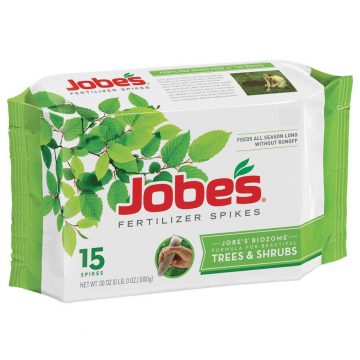 Feed trees, shrubs and hedges with a balanced fertilizer sprinkling it over the root area before hoeing it into the soil surface. Spikes you can set into the ground around the plant are also available. Fertilizing will particularly benefit young, weak, damaged or heavily pruned plants. The purpose of fertilizing landscape plants during the first year or two after transplanting is to increase their height, width and caliper. Once the plants are established and growing well, the function of fertilizing is to continue satisfactory growth and health.
Feed trees, shrubs and hedges with a balanced fertilizer sprinkling it over the root area before hoeing it into the soil surface. Spikes you can set into the ground around the plant are also available. Fertilizing will particularly benefit young, weak, damaged or heavily pruned plants. The purpose of fertilizing landscape plants during the first year or two after transplanting is to increase their height, width and caliper. Once the plants are established and growing well, the function of fertilizing is to continue satisfactory growth and health.
Perennials don’t need to be fertilized very often. Once in the early spring and once mid-summer would be fine. A balanced food in a granular form can be scratched into the soil for slow release throughout the season.
Annuals need food more often, fertilizing every 10-14 days to boost their nutritional level and bring out their best. A water soluble fertilizer is one option and the plants can absorb the nutrients through their leaves and roots as well. Keep in mind that if using a water soluble fertilizer, that after a long rainy period it may have washed away and you might need to do another application. For bigger, brighter blooms use a fertilizer with a higher middle number (15-30-15) as the additional phosphorous will promote growth and blooms. Many gardeners choose to use slow-release or controlled-release fertilizers because they are easy to use and provide long-lasting results, releasing nutrients gradually without ‘burning’ the plant.
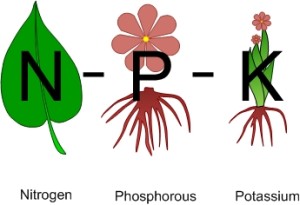 For promoting good fruit or flower production, look for the middle number to be higher. You want the energy and nutrition of the plant to go towards the desired result, such as flowers or fruit, so a higher middle number is a more appropriate choice.
For promoting good fruit or flower production, look for the middle number to be higher. You want the energy and nutrition of the plant to go towards the desired result, such as flowers or fruit, so a higher middle number is a more appropriate choice.
Finally, whenever you apply fertilizers, don’t assume that more is better. You can easily burn plants by over fertilizing, and damage the surrounding soil as well. Follow the label to be safe.

